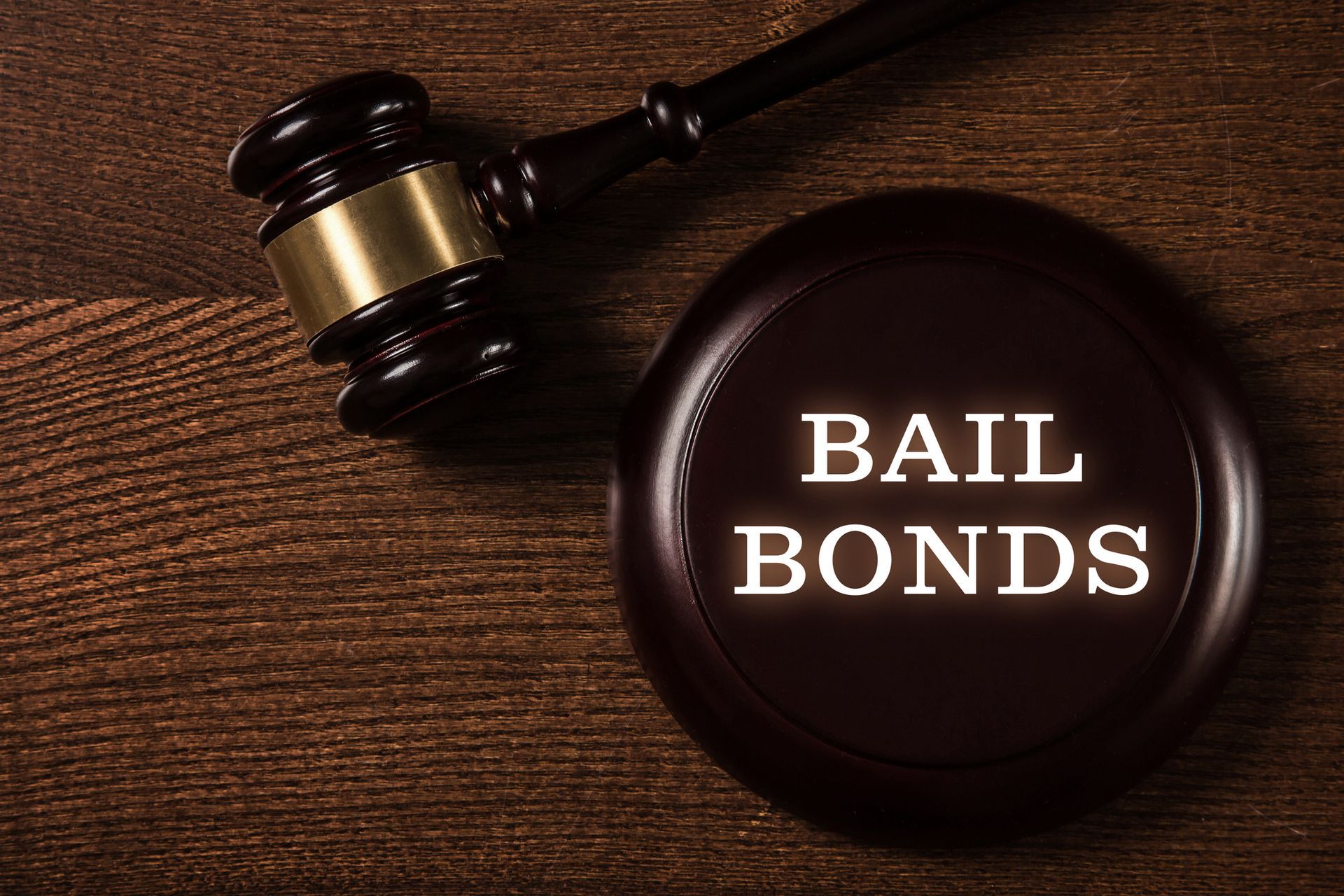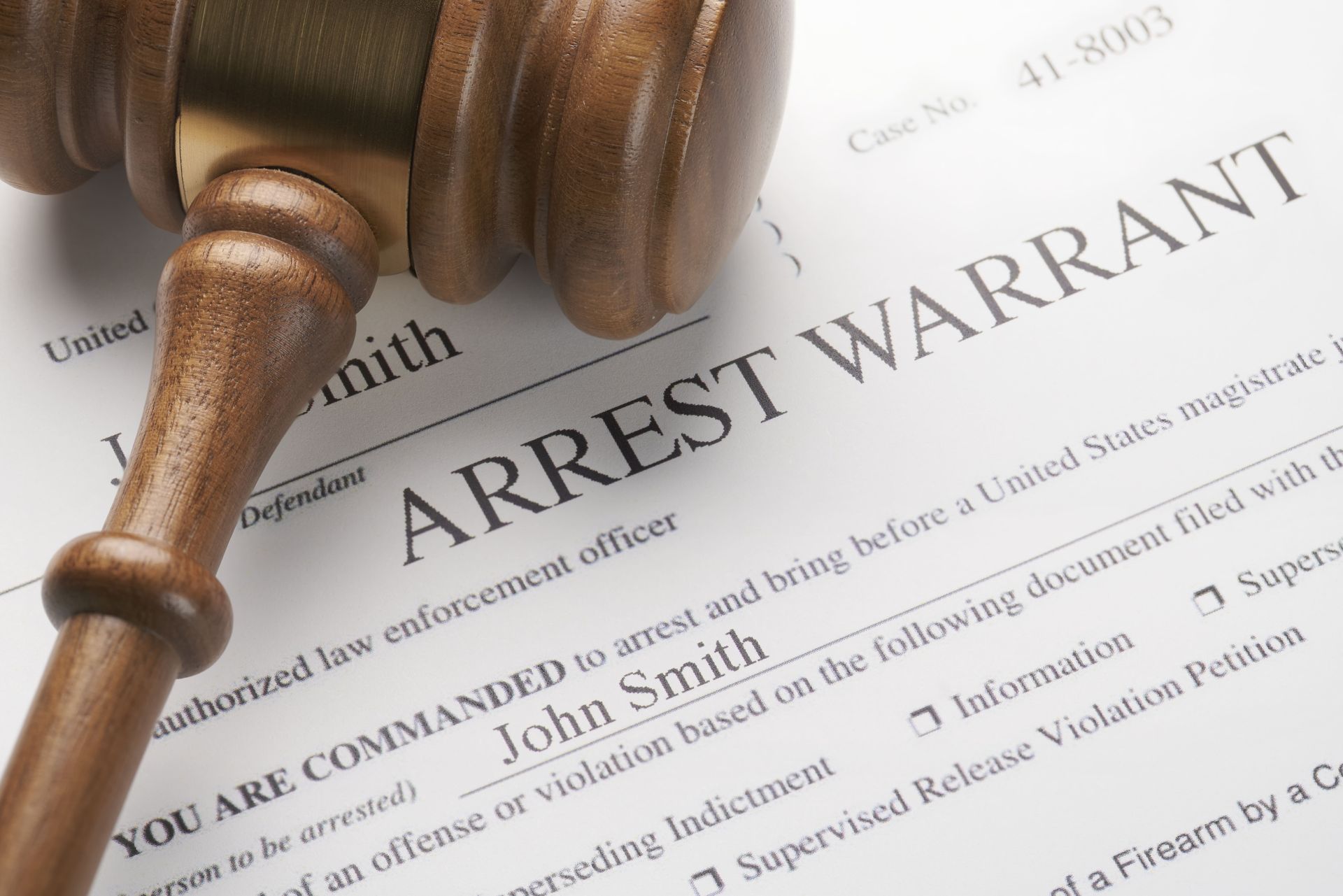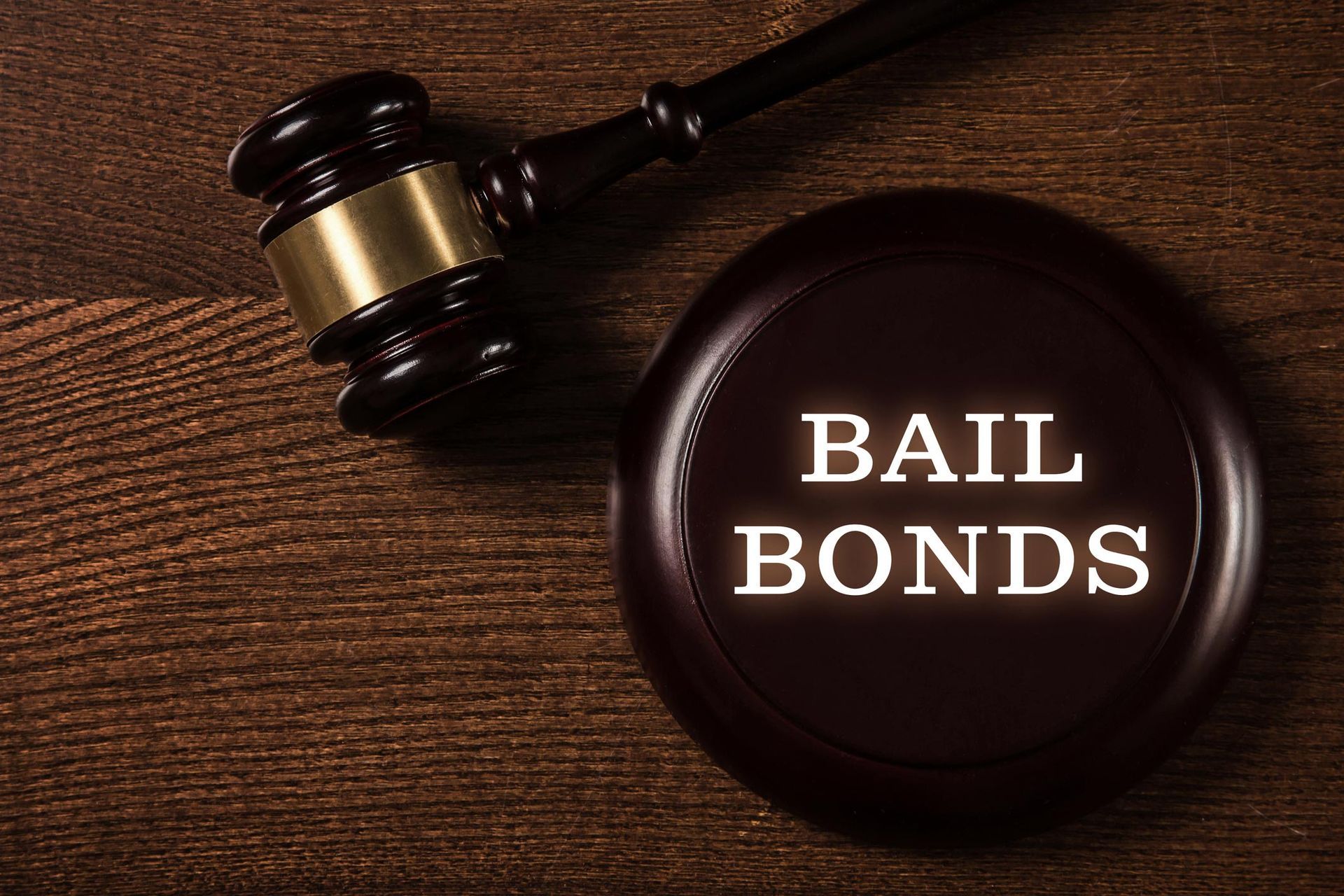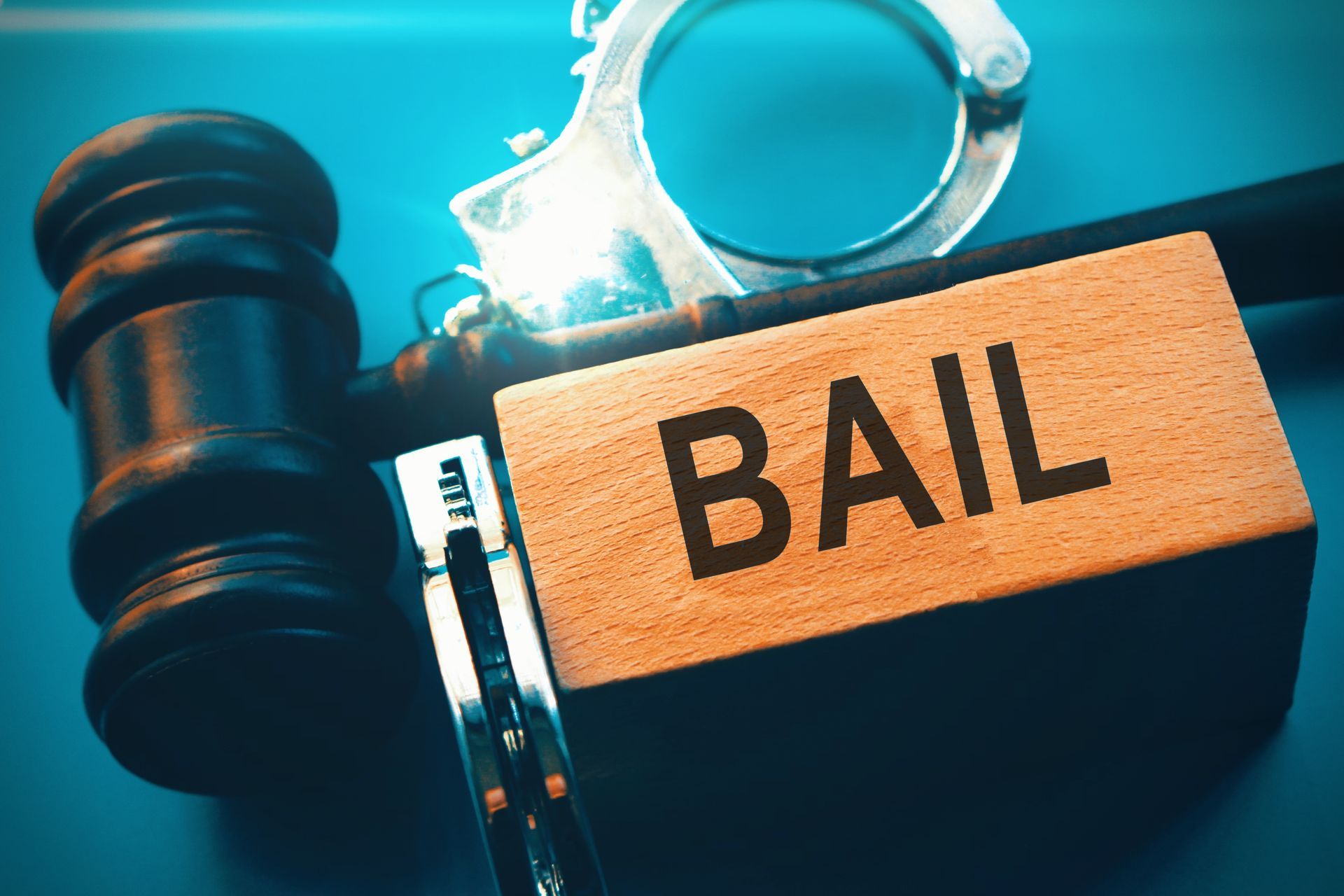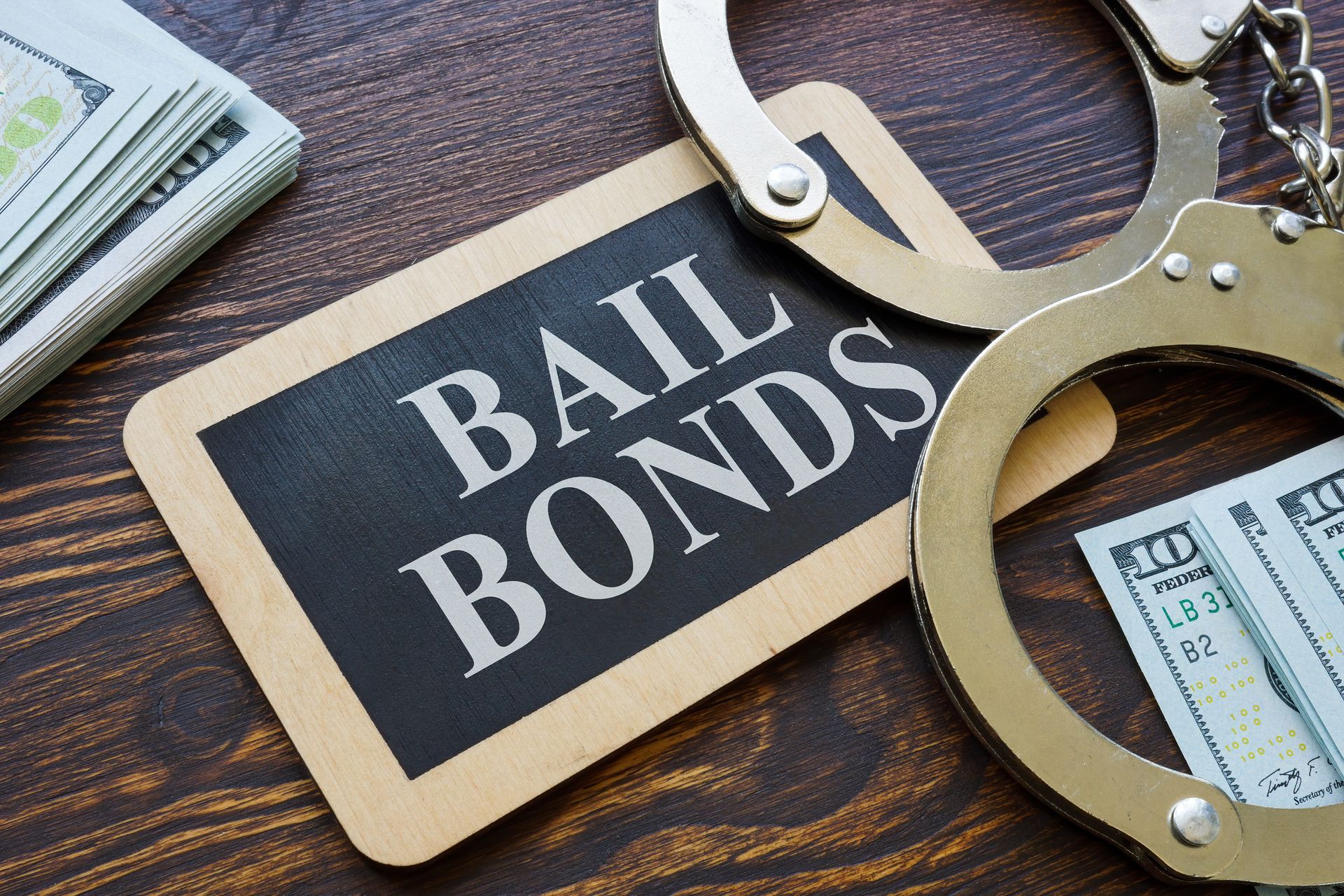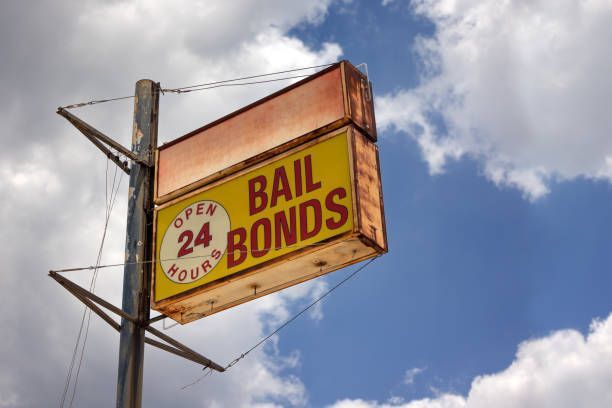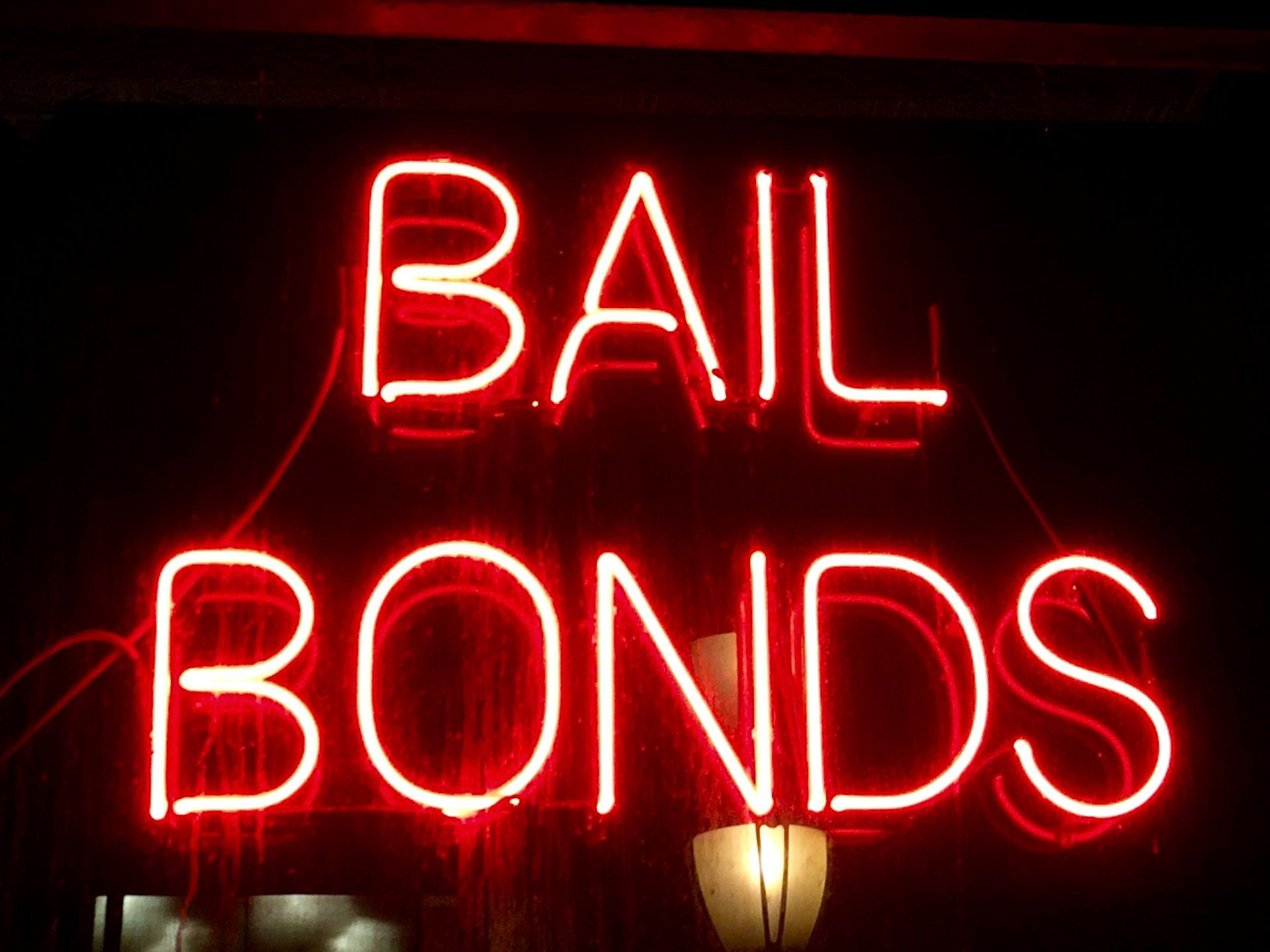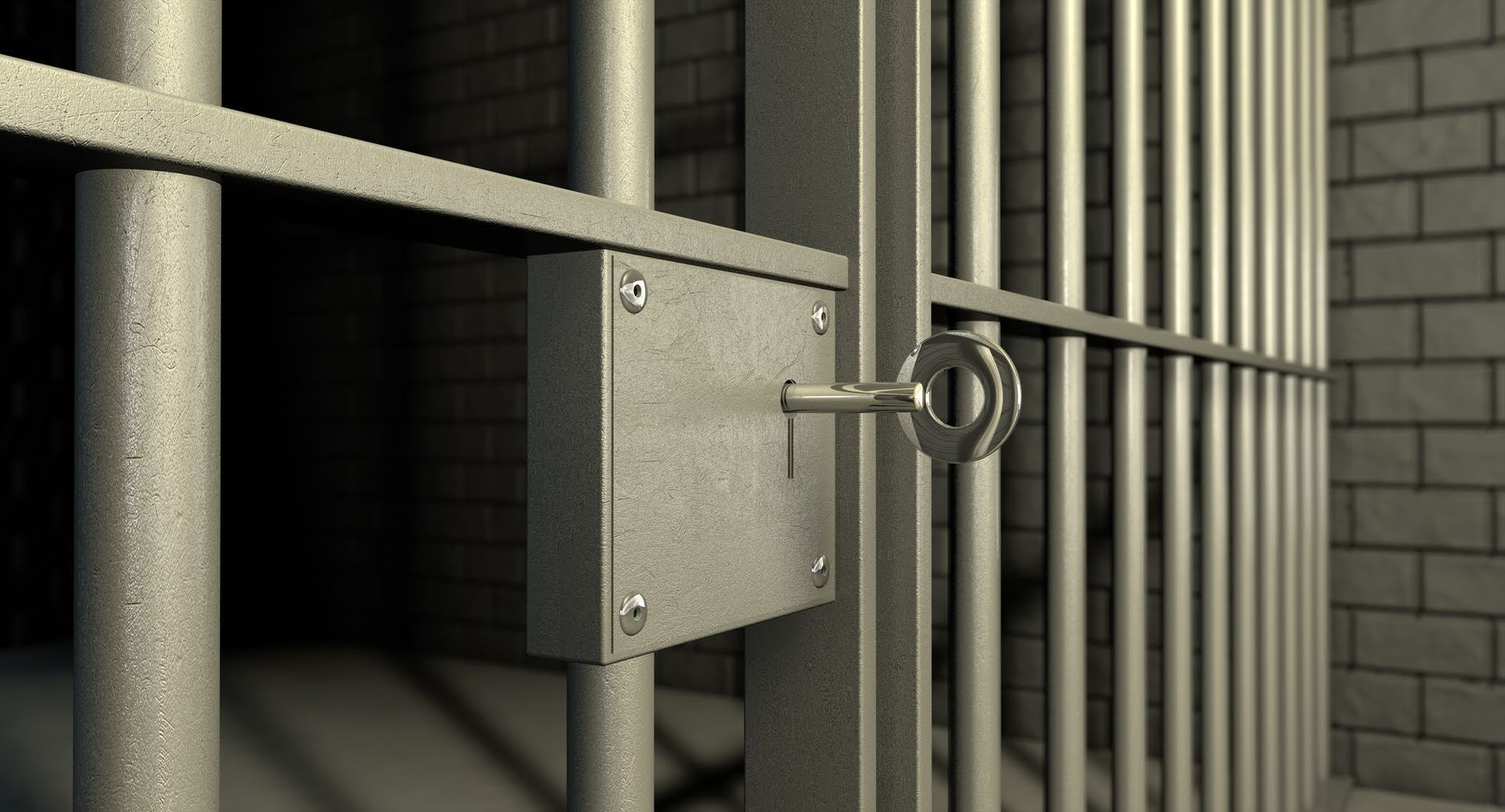4 Things to Know About Misdemeanors in Minnesota
A misdemeanor is a much less serious offense than a felony; however; negative implications still exist for being charged with a misdemeanor. Like other types of crimes, a misdemeanor can stay on your criminal record. Misdemeanors can also show up on background checks. Because of this, you might not be able to get certain jobs, have difficulty qualifying for a loan, or may not have access to housing. In some instances, however, misdemeanor charges can be dropped or lessened to an infraction, especially if you are a first-time offender. To help you better understand misdemeanors and how they can affect your life, here are four things to know about committing a misdemeanor in Minnesota.
1. Know About the Kinds of Misdemeanors
Misdemeanors are not as serious as felonies, which are crimes that cause serious harm to another person or damage to someone’s property. Felonies also involve longer jail sentences and heftier fines.
Misdemeanors are lesser crimes and, in the state of Minnesota, break down into three different classes:
- Gross misdemeanors: The most serious of all misdemeanors, examples include assaulting a police officer and stalking. The jail sentence for a gross misdemeanor can be up to one year with a fine of up to $3,000.
- Misdemeanors: Examples of this type of crime include reckless driving, first-time DWI conviction, public intoxication, vandalism, and disorderly conduct. The jail sentence for a misdemeanor is up to 90 days with a fine of up to $1,000.
- Petty misdemeanors: Things like traffic citations and having a small possession of marijuana are considered petty misdemeanors. This type of crime does not include jail time but can incur a fine up to $300.
Please note that the crimes listed above, along with their potential jail sentence and fines, serve only as examples. The penalty for any type of misdemeanor depends solely on the judge.
According to state law, the prosecution for misdemeanors must begin within a certain amount of time after being committed. This is the criminal statute of limitations and is two years for misdemeanor charges and six months for petty misdemeanors.
2. Know the Potential Bail Amounts for Misdemeanors
If you are charged with a misdemeanor of any kind, you will have the chance to get released on bail. The amount of bail depends on your age, other charges against you, your criminal history, the possibility of you being a danger to the community, and the history of you having previously been charged with a crime but not showing up in court.
Even with all of these factors, the bail amount will likely be much less than that of a felony. In Minnesota, the maximum bail amount for most misdemeanors is twice as much as the highest fine. For example, gross misdemeanors that have a fine of $3,000 would have a bail amount of $6,000.
Exceptions to this rule exist, however. Some specific types of crimes have a set bail amount. Here are some examples of common misdemeanors and their potential bail amounts:
- Driving While Intoxicated (DWI): Quadruple amount of the maximum fine
- Fifth-degree assault: Six times the amount of the maximum fine
- Domestic assault: Ten times the amount of the maximum fine
None of these fines are set in stone, as courts do not have to impose these bail amounts. If you do not have a criminal history, or you are not considered a flight risk, you likely won’t have to pay the maximum bail amounts.
3. Know What Happens Once Bail Is Posted
After the judge sets the bail amount, you or someone you know pays it. If your bail is too high or you cannot afford the full amount of bail, you can go through a bail bondsman, who usually only requires 10% of the bail amount.
When the bail bond is made, make your court appearance. While the bondsman has a responsibility to ensure this happens, ultimately, your responsibility is to make sure you show up. By appearing in court, you have a higher chance of a reduced sentence, and your bail could get reduced as well.
If you do not make your court appearance, the judge can issue a warrant for your arrest. The court would then require your bail to be paid in full. Plus, if you end up getting a misdemeanor later down the road, your bail has the potential to be much higher.
4. Know Who to Call for Bail Money
If you live in
Minnesota, North Dakota, or Iowa, and have a loved one who has been arrested and placed in jail for committing a misdemeanor, contact Absolute Bail Bonds. We are available 24 hours a day, 7 days a week and can provide you with professional, courteous service with flexible payment plans. We also are happy to answer any of your questions or concerns about bail bonds.
